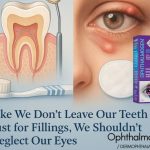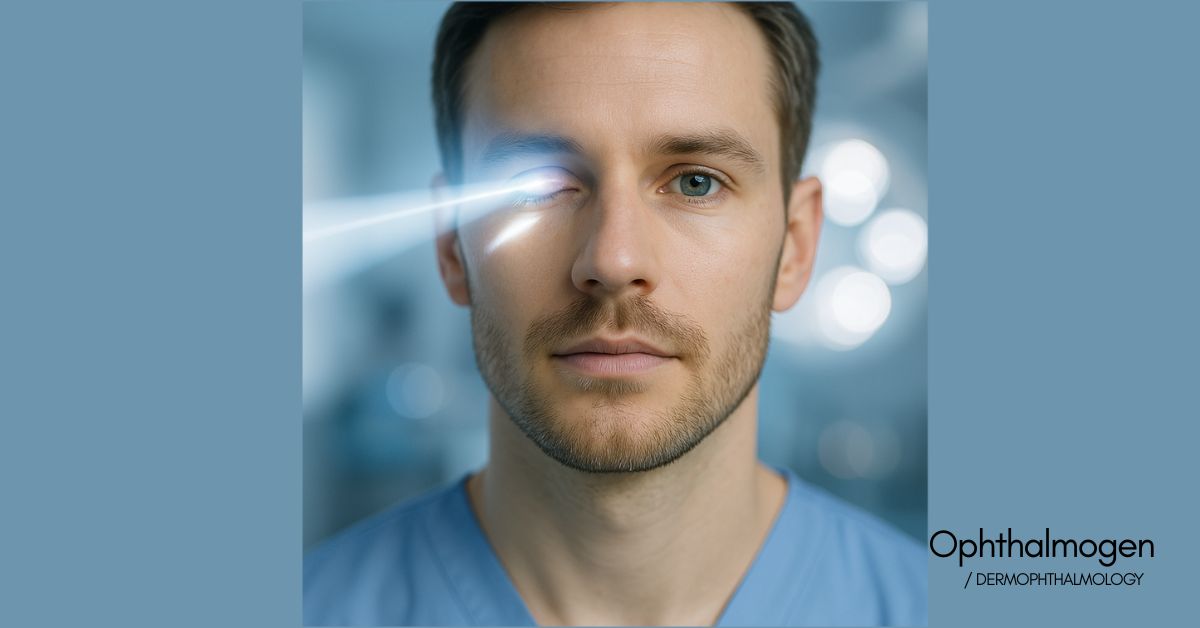
Chalazion Surgery – When It’s Necessary and How the Technique Evolved
From Classical Ophthalmology to Dermophthalmologic Micro-Surgery
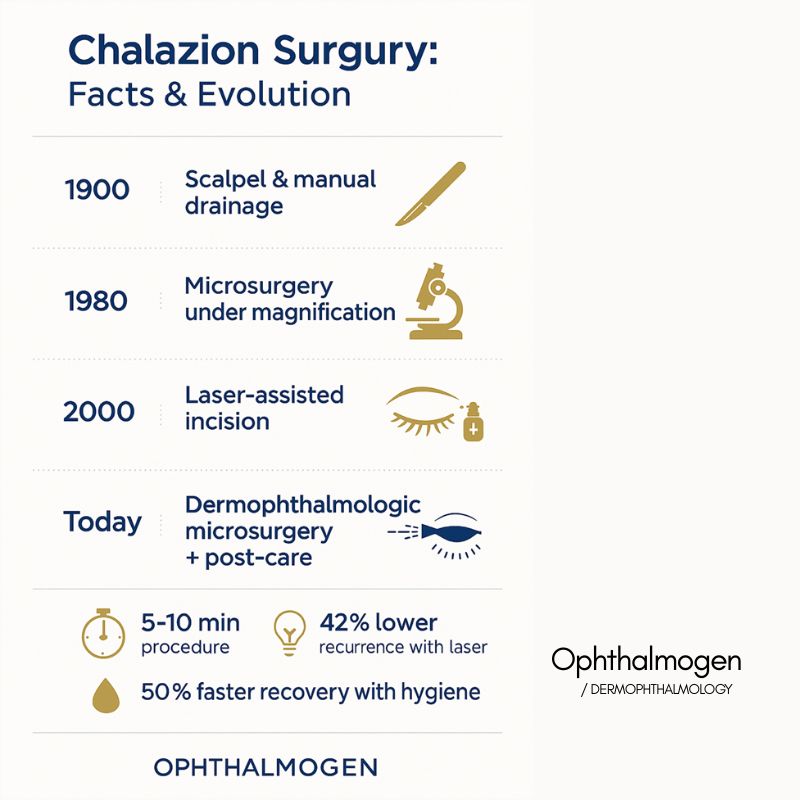
Historical Evolution
Scientific Overview
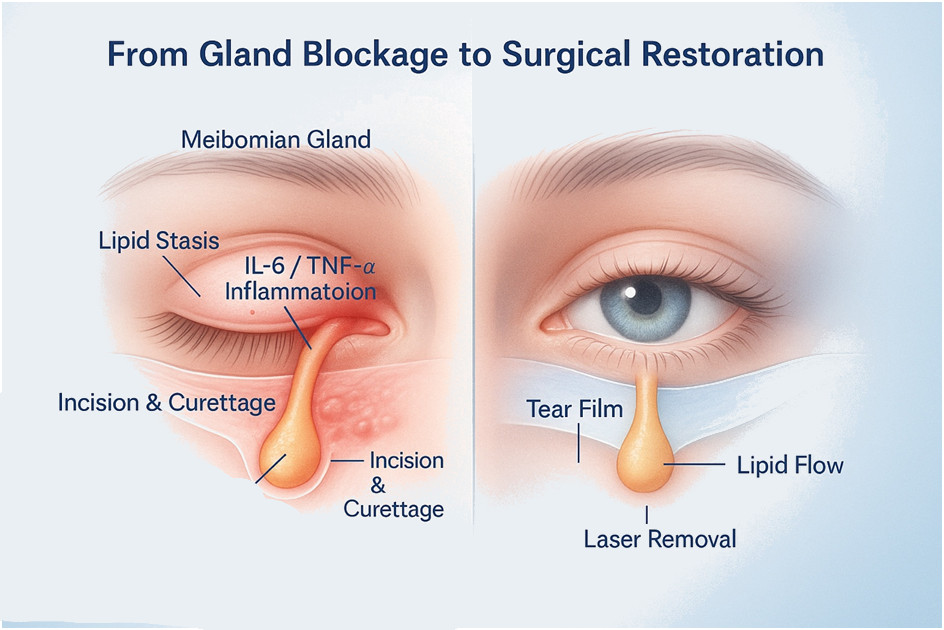
Modern Techniques
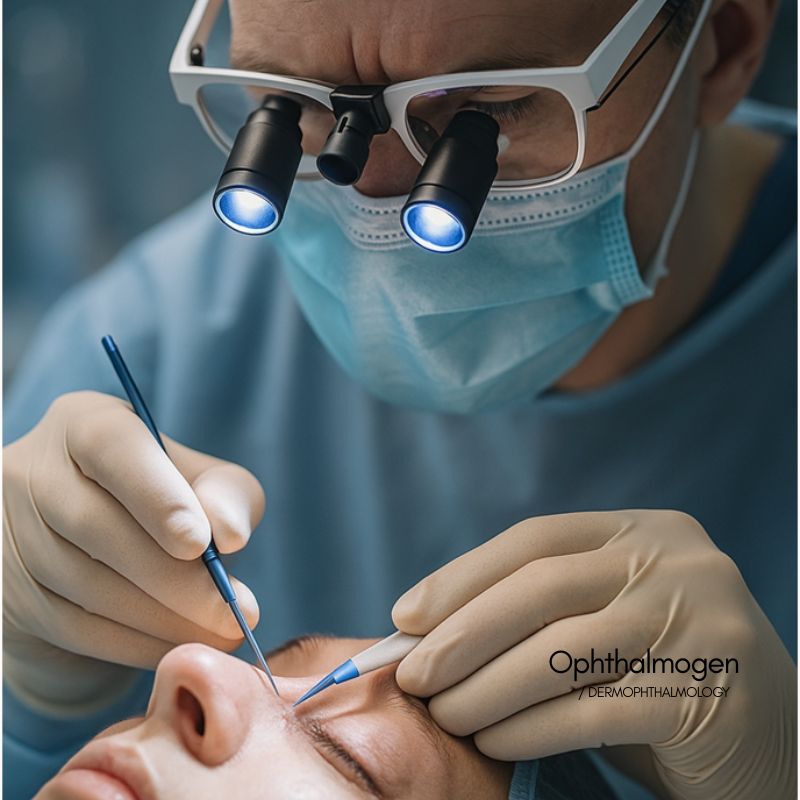
1.Incision & Curettage (C+I)
The classic technique performed from the inner eyelid surface.
Quick, effective, scar-free, and performed under local anesthesia.
2.Micro-Drainage & Flush
Combines aspiration and irrigation with saline and a mild corticosteroid.
Used for recurrent or multiple chalazia.
3.Laser Chalazion Removal (CO₂ / Er:YAG)
For selected cases requiring precision
minimal trauma, and faster recovery — often without sutures.
4.Dermophthalmologic-Assisted Healing
Post-surgical use of Ophthalmogen Gel and Ophthalmogen Spray
to maintain cleanliness, soothe inflammation, and support microbiome balance.
This integrative approach unites medicine, dermatology, and aesthetic recovery
A Cross-Disciplinary Perspective
Dermophthalmology introduces collaboration with other medical specialties:
• Dermatology: preventing scarring or post-inflammatory pigmentation.
• Endocrinology: addressing hormonal or lipid imbalances that affect gland secretion.
• Aesthetic Medicine: restoring eyelid symmetry, texture, and natural elasticity.
The surgical procedure thus becomes part of a single therapeutic ecosystem.
What Studies Show
• British Journal of Ophthalmology (2020):
Laser chalazion excision reduced recurrence by 42%.
• Indian Journal of Ophthalmology (2022):
Post-surgical combination of warmth and hygiene shortened recovery time by 35%.
•Ophthalmic Plast Reconstr Surg (2023):
Dermocosmetic eyelid care improved comfort and healing scores by 50%.
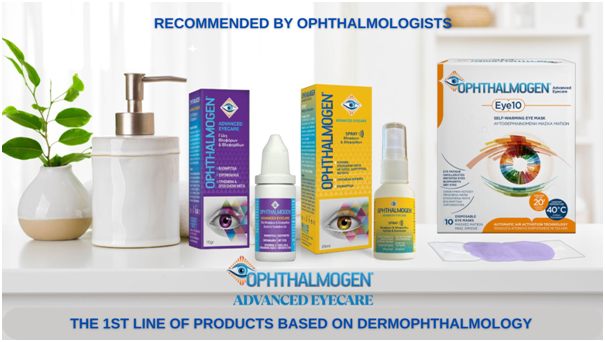
Postoperative Care – The Key to Lasting Results
Hygiene after surgery is as important as the surgery itself..
Dermophthalmologic Recovery Protocol:
1.Ophthalmogen products Gel cleanse twice daily
2. Ophthalmogen products Spray hydrate and protect three times daily
3. Eye10 → resume warmth from Day 5
Avoid eye makeup and contact lenses for 5–7 days.
Cleanliness and routine are the best protection against recurrence.
From Past to Present
In the early 1900s, chalazion surgery was seen as a “necessary evil.”
Today, it is understood as the final phase of restoring glandular and microbiome balance.
The technique has evolved — but the message remains timeless:
as with dentistry, prevention and daily hygiene are the true foundations of long-term eye health.
Conclusion
Surgery is not a failure of conservative therapy
it is its natural extension when the body needs assistance
With proper postoperative eyelid hygiene,
chalazion does not return.
Dermophthalmology offers the bridge between medical precision, aesthetic recovery, and emotional wellbeing,
defining a new era of preventive ophthalmic care.
Eyelid hygiene is not merely medical — it is cultural.
Discover the full Ophthalmogen range at www.ophthalmogen.com and Dermophthalmology at www.Dermophthalmology.com
Give your eyes the care and beauty they deserve.

